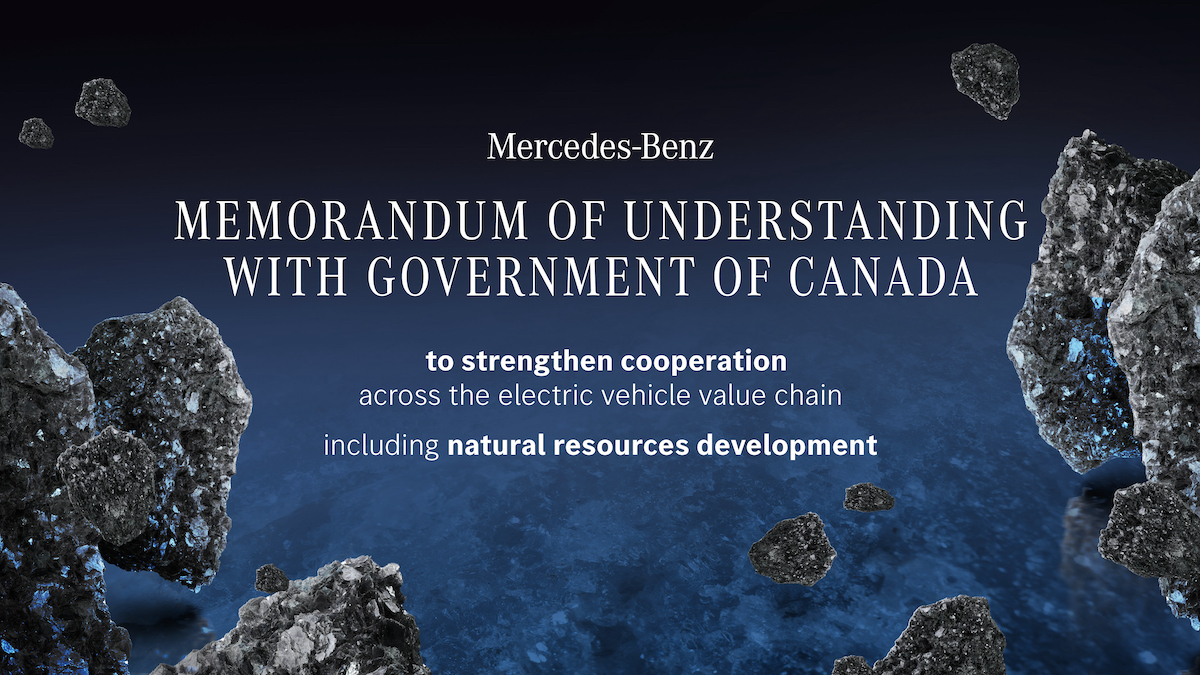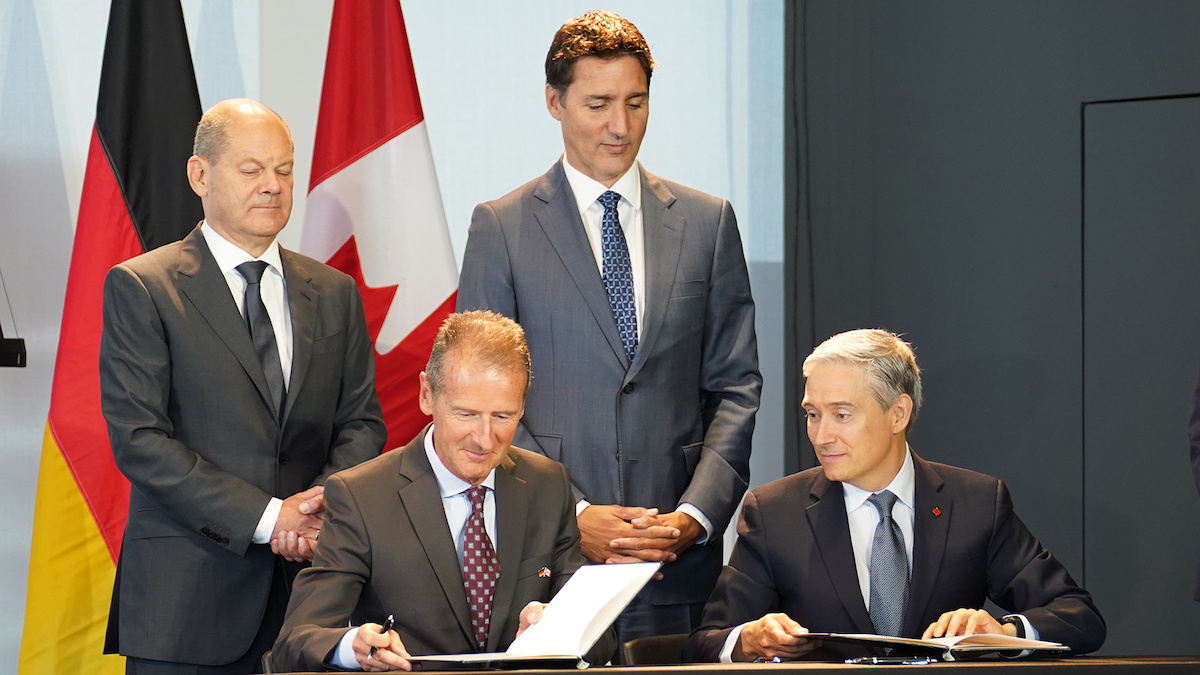National-level cooperation has kicked off in market competition in the future electric vehicle era. In late August, the Prime Minister of Canada, Justin Trudeau, and the Chancellor of Germany, Olaf Scholz, participated in the signing of two new Memoranda of Understanding (MOUs) between the Canadian government and preeminent German automakers Volkswagen AG and Mercedes-Benz AG to further collaboration in Canada across the battery and critical minerals sectors. Canada will provide the raw materials required for battery production — lithium, cobalt, nickel, graphite, etc. — to consolidate battery production and battery supply chains for the two automakers to expand into the galactic electric vehicle market in North America. The MOUs deepen the strategic economic partnership between Germany and Canada and lay a solid foundation for Mercedes-Benz AG and Volkswagen AG to develop in the electric vehicle industry. The amount of global raw materials needed to make batteries will only decrease, and even future recycling technologies will not be able to reuse batteries 100%, so winning the battle for raw materials must rely on national-level assistance to make progress as soon as possible. In other words, other European brands as well as Japanese and Korean auto majors that lack mineral resources must cross the border to secure a stable source of raw materials, or they are bound to be dragged down in expanding market share. It is exactly why Hyundai and Hon Hai made respective plans to build battery factories in nickel-rich Indonesia last year, but the difference is that Mercedes-Benz AG and Volkswagen AG will be acquiring raw materials directly through national-level cooperation, namely, opening up the entire supply chain. The subsequent chain effect in the global automotive industry, I figure, will be like the following…
- Apart from China, the U.S. and Russia, other countries with copious mineral deposits will contemplate how to learn from Canada and build a domestic electric vehicle industry.
- Traditional automakers that have strong sales of gasoline vehicles, but with unstable electric vehicle development and supply chains, will pressure their governments to help set up battery plants overseas. I think automakers in France, Italy, and those in Japan are the most likely ones for this approach.
- The world's major mining companies are very likely to take the opportunity to invest in the battery industry and become another emerging decision-making power in the electric vehicle industry in the future. For example, China's Huayou Cobalt partners with Volkswagen VG to refine nickel and cobalt in China, and then make joint efforts with another nickel producer, Tsingshan Holding Group, to mine nickel and cobalt in Indonesia. Huayou Cobalt has practically become a strategic partner of Volkswagen AG.
- It is difficult, due to lack of financial resources, for electric vehicle startups to ensure battery supply chains. Eventually, there will be big battery manufacturers to invest in or even take over the startups.

Canada was not an auto powerhouse, and its domestic market size and labor environment were not good enough to attract the capital-demanding and labor-intensive auto industry, but now thanks to its natural resources, it has attracted investment from two auto titans to build factories, and new business opportunities in the electric vehicle era are created as a result. I believe there will be other major automakers following this model and starting to work with Canada. In addition to taking advantage of geographical proximity to penetrate the North American market, they could allocate a portion of their production capacity to the European market, while higher priced models with higher specifications could make up for the excessive costs of production and transportation from Canada.
